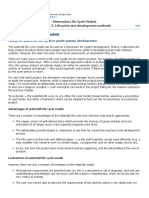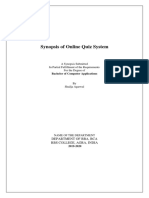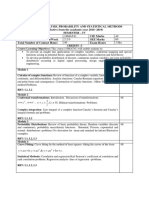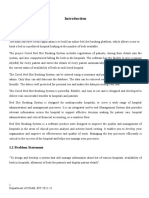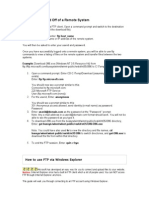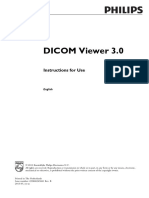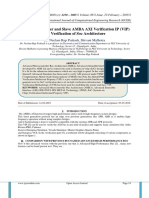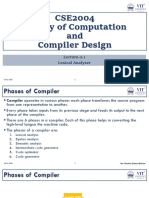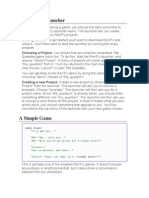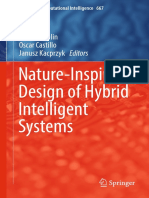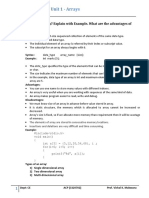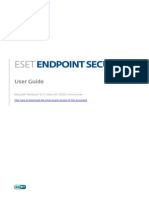0% found this document useful (0 votes)
4K views29 pagesTesting Lecture 15 - Call Graph, Path-Based Integration
The document discusses different integration testing techniques based on call graphs. It describes pairwise integration which tests all pairs of units without stubs/drivers. Neighborhood integration selects units in a depth-first order to avoid stubs/drivers. Path-based integration uses module execution paths and messages to define MM-paths between units for testing. The techniques aim to reduce testing effort compared to traditional decomposition-based integration.
Uploaded by
ahmadCopyright
© © All Rights Reserved
We take content rights seriously. If you suspect this is your content, claim it here.
Available Formats
Download as PPTX, PDF, TXT or read online on Scribd
0% found this document useful (0 votes)
4K views29 pagesTesting Lecture 15 - Call Graph, Path-Based Integration
The document discusses different integration testing techniques based on call graphs. It describes pairwise integration which tests all pairs of units without stubs/drivers. Neighborhood integration selects units in a depth-first order to avoid stubs/drivers. Path-based integration uses module execution paths and messages to define MM-paths between units for testing. The techniques aim to reduce testing effort compared to traditional decomposition-based integration.
Uploaded by
ahmadCopyright
© © All Rights Reserved
We take content rights seriously. If you suspect this is your content, claim it here.
Available Formats
Download as PPTX, PDF, TXT or read online on Scribd
/ 29












